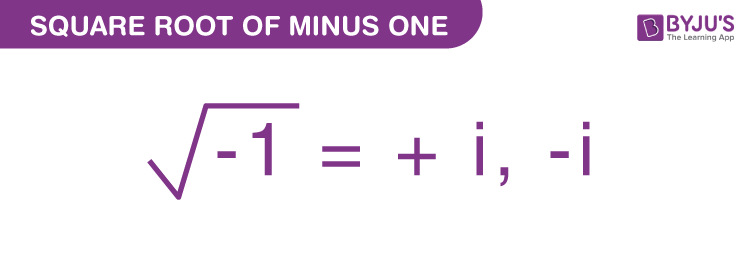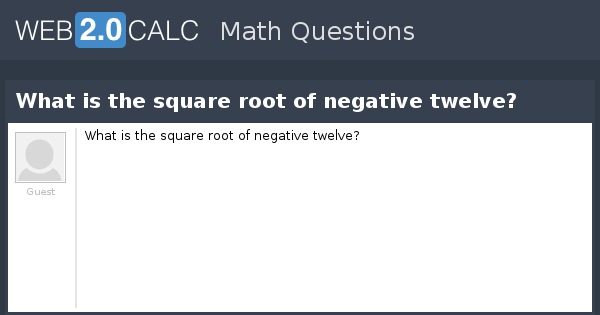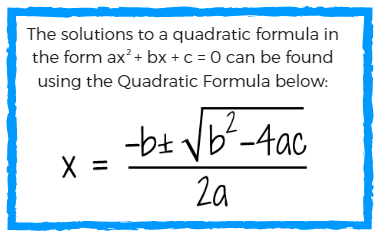Topic square root of 1/5: Discover the methods to calculate and simplify the square root of 1/5. This article delves into mathematical principles, practical applications, and step-by-step procedures to make understanding this fundamental concept straightforward and engaging for learners and enthusiasts alike.
Table of Content
- Square Root of 1/5
- Introduction
- Understanding Square Roots
- Calculating the Square Root of 1/5
- Properties of Square Roots
- Practical Examples
- Mathematical Simplifications
- Calculator Methods
- Step-by-Step Calculation
- Applications of Square Roots
- Common Square Roots
- Graphical Representation
- Conclusion
- YOUTUBE: Video này hướng dẫn cách đơn giản hóa một phân số dưới căn bậc hai, giúp bạn nắm vững các khái niệm toán học cơ bản và áp dụng chúng một cách hiệu quả.
Square Root of 1/5
The square root of a fraction can be computed using the property of square roots that allows us to take the square root of the numerator and the denominator separately. In the case of the fraction \( \frac{1}{5} \), the square root is calculated as follows:
Mathematical Calculation
Using the property \( \sqrt{\frac{a}{b}} = \frac{\sqrt{a}}{\sqrt{b}} \), we get:
\[
\sqrt{\frac{1}{5}} = \frac{\sqrt{1}}{\sqrt{5}} = \frac{1}{\sqrt{5}}
\]
To rationalize the denominator, we multiply the numerator and the denominator by \( \sqrt{5} \):
\[
\frac{1}{\sqrt{5}} \times \frac{\sqrt{5}}{\sqrt{5}} = \frac{\sqrt{5}}{5}
\]
Thus, the simplified form of the square root of \( \frac{1}{5} \) is \( \frac{\sqrt{5}}{5} \).
Decimal Approximation
The decimal approximation of \( \sqrt{\frac{1}{5}} \) can be computed using a calculator:
\[
\sqrt{\frac{1}{5}} \approx 0.4472
\]
Application of Square Roots
Square roots are widely used in various fields, including geometry, physics, and engineering. They are essential for solving quadratic equations, analyzing waveforms, and more.
Online Calculators
Several online calculators can help you compute square roots and simplify radical expressions. Here are a few:
Examples of Square Root Simplifications
| Expression | Simplified Form |
|---|---|
| \( \sqrt{27} \) | \( 3\sqrt{3} \) |
| \( \sqrt{8} \) | \( 2\sqrt{2} \) |
| \( \sqrt{144} \) | \( 12 \) |
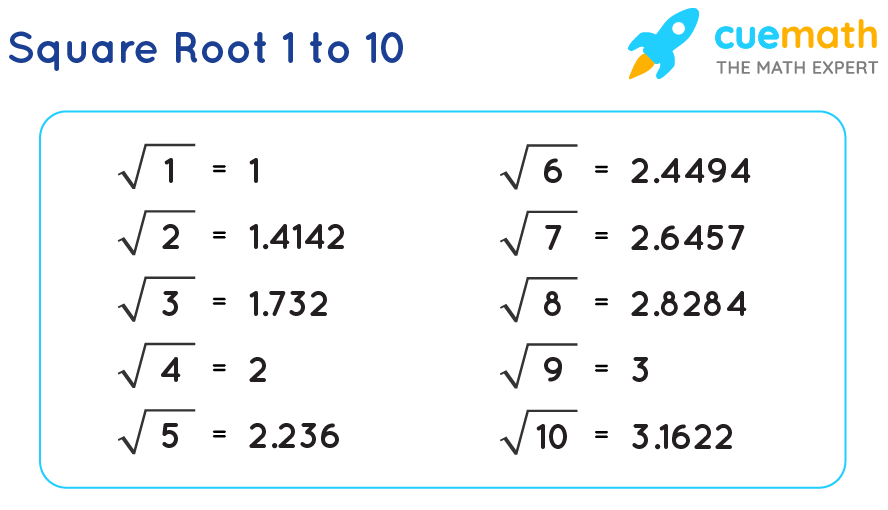
READ MORE:
Introduction
Calculating the square root of a fraction such as \( \frac{1}{5} \) can be simplified using basic algebraic principles. This process involves rationalizing the denominator to avoid having a radical in it. The steps include rewriting the fraction under the square root, simplifying it, and rationalizing the denominator if necessary.
First, the expression \( \sqrt{\frac{1}{5}} \) can be rewritten as \( \frac{\sqrt{1}}{\sqrt{5}} \). Since the square root of 1 is 1, this simplifies to \( \frac{1}{\sqrt{5}} \). To rationalize the denominator, multiply both the numerator and the denominator by \( \sqrt{5} \), resulting in \( \frac{\sqrt{5}}{5} \).
This introduction provides a foundational understanding of how to approach the calculation of square roots involving fractions, ensuring clarity and accuracy in mathematical expressions.
Understanding Square Roots
The square root of a number is a value that, when multiplied by itself, gives the original number. For instance, the square root of 25 is 5 because 5 x 5 = 25. This concept can be extended to fractions and decimals, providing a broad application in various mathematical contexts.
In mathematical terms, the square root of \( x \) is represented as \( \sqrt{x} \). For any positive real number, there are always two square roots: one positive and one negative. For example, the square roots of 9 are +3 and -3, because both \( 3^2 \) and \( (-3)^2 \) equal 9.
Calculating the Square Root of 1/5
The square root of a fraction follows the same principles as the square root of an integer. To find the square root of \( \frac{1}{5} \), we can apply the property of square roots to fractions:
$$ \sqrt{\frac{1}{5}} = \frac{\sqrt{1}}{\sqrt{5}} = \frac{1}{\sqrt{5}} $$
To simplify further, multiply the numerator and denominator by \( \sqrt{5} \):
$$ \frac{1}{\sqrt{5}} \times \frac{\sqrt{5}}{\sqrt{5}} = \frac{\sqrt{5}}{5} $$
Properties of Square Roots
- Non-negative numbers: Every non-negative number \( x \) has a unique non-negative square root called the principal square root, denoted as \( \sqrt{x} \).
- Negative numbers: Negative numbers do not have real square roots since the square of any real number is non-negative.
- Product rule: The square root of a product is the product of the square roots: \( \sqrt{ab} = \sqrt{a} \cdot \sqrt{b} \).
- Quotient rule: The square root of a quotient is the quotient of the square roots: \( \sqrt{\frac{a}{b}} = \frac{\sqrt{a}}{\sqrt{b}} \).

Practical Examples
Here are some practical examples of calculating square roots:
- The square root of 16 is \( \sqrt{16} = 4 \).
- The square root of 1/4 is \( \sqrt{\frac{1}{4}} = \frac{1}{2} \).
- The square root of 0.25 is \( \sqrt{0.25} = 0.5 \).
By understanding and applying these properties, you can simplify and calculate the square roots of various numbers, whether they are integers, fractions, or decimals.
Mathematical Simplifications
Understanding how to simplify mathematical expressions is crucial in solving problems efficiently. Here, we explore the process of simplifying the square root of fractions, specifically focusing on . Let's break down the steps for simplification:
- Rewrite the Fraction: Express the fraction under the square root as a product of two square roots:
- Calculate Individual Square Roots: Find the square root of the numerator and the denominator separately:
- Express in Simplest Form: The simplified form of is:
- Decimal Approximation: For practical purposes, you might need a decimal approximation:
This method ensures the expression is in its simplest form, making it easier to handle in further calculations.
Calculator Methods
Calculating the square root of a number, such as \(\sqrt{\frac{1}{5}}\), can be done easily using various methods on calculators. Here, we outline step-by-step methods to find square roots using different types of calculators.
- Scientific Calculators:
- Turn on the calculator and enter the number \( \frac{1}{5} \) (or 0.2).
- Press the square root (√) button.
- The display should show \( \sqrt{0.2} \approx 0.4472 \).
- Graphing Calculators:
- Power on the graphing calculator.
- Enter \( \frac{1}{5} \) (or 0.2).
- Press the MATH button, scroll to the sqrt function, and press ENTER.
- The screen will display the result \( \sqrt{0.2} \approx 0.4472 \).
- Online Calculators:
- Visit an online square root calculator website.
- Input \( 0.2 \) in the number field.
- Click the 'Calculate' button to get the result \( \sqrt{0.2} \approx 0.4472 \).
- Programming Calculators:
- Open the calculator application and switch to scientific mode if necessary.
- Enter the fraction \( \frac{1}{5} \).
- Press the square root button to find \( \sqrt{0.2} \approx 0.4472 \).
Using these methods, you can quickly and accurately determine the square root of any number, including fractions like \(\frac{1}{5}\).
Step-by-Step Calculation
To find the square root of \( \frac{1}{5} \), follow these steps:
- Rewrite the square root of the fraction as the division of square roots: \[ \sqrt{\frac{1}{5}} = \frac{\sqrt{1}}{\sqrt{5}} \]
- Calculate the square root of 1, which is 1: \[ \frac{\sqrt{1}}{\sqrt{5}} = \frac{1}{\sqrt{5}} \]
- Rationalize the denominator by multiplying both the numerator and the denominator by \( \sqrt{5} \): \[ \frac{1}{\sqrt{5}} \times \frac{\sqrt{5}}{\sqrt{5}} = \frac{\sqrt{5}}{5} \]
Thus, the simplified form of \( \sqrt{\frac{1}{5}} \) is:
\[ \frac{\sqrt{5}}{5} \]

Applications of Square Roots
Square roots have numerous applications in various fields, aiding in solving complex problems and making precise calculations. Here are some key areas where square roots are essential:
- Finance: Used to calculate stock market volatility, which helps investors assess risk by taking the square root of the variance of stock returns.
- Architecture: Employed to determine the natural frequency of structures like bridges and buildings, predicting their reactions to loads such as wind and traffic.
- Science: Applied in calculations involving velocity, radiation absorption, and sound wave intensity, aiding scientific research and technological development.
- Statistics: Essential for calculating variance and standard deviation, providing insights into data distribution and deviations from the mean.
- Geometry: Used to compute areas, perimeters, and solve problems involving right triangles and other polygons, especially through the Pythagorean theorem.
- Computer Science: Utilized in encryption algorithms, image processing, and game physics for various computational tasks.
- Cryptography: Employed in digital signatures, key exchange systems, and secure communication channels to enhance data security.
- Navigation: Used to calculate distances and bearings between points, crucial for pilots and navigators in planning routes.
- Electrical Engineering: Applied in computing power, voltage, and current in circuits, as well as in designing filters and signal-processing devices.
- Cooking: Helps in adjusting ingredient quantities when scaling recipes, ensuring consistent flavors in larger batches.
- Photography: Determines the aperture size of camera lenses, controlling light entry and affecting exposure and image quality.
- Computer Graphics: Used in 2D and 3D graphics for distance calculations and vector length determinations.
- Telecommunication: Applied in wireless communication to understand signal strength variations over distance.
Understanding the diverse applications of square roots can enhance one's ability to solve practical problems and comprehend complex systems across different fields.
Common Square Roots
Understanding common square roots can simplify many mathematical problems. Below is a list of common square roots for reference:
| √1 | 1 |
| √2 | 1.4142 |
| √3 | 1.7321 |
| √4 | 2 |
| √5 | 2.2361 |
| √6 | 2.4495 |
| √7 | 2.6458 |
| √8 | 2.8284 |
| √9 | 3 |
| √10 | 3.1623 |
| √11 | 3.3166 |
| √12 | 3.4641 |
| √13 | 3.6056 |
| √14 | 3.7417 |
| √15 | 3.8720 |
| √16 | 4 |
| √17 | 4.1231 |
| √18 | 4.2426 |
| √19 | 4.3589 |
| √20 | 4.4721 |
Graphical Representation
Graphing the function y = √(1/5) allows us to visualize the relationship between the square root function and its argument. Here is a step-by-step approach to understanding and graphing this function:
Understanding the Function: The function y = √(1/5) can be simplified to y = 1/√5. Further simplification by rationalizing the denominator gives us y = √5/5. This is a constant value, meaning it does not change with different values of x.
Using Graphing Calculators: Tools like Desmos, Symbolab, and Mathway can be used to graph this function. For constant functions, the graph is a horizontal line at the value of the constant.
Plotting Points: Since y = √5/5 is a constant value, it can be plotted as a horizontal line. This can be demonstrated by plotting a few points:
- For any value of x, y remains √5/5.
Graph Interpretation: On a Cartesian plane, the graph of y = √5/5 is a straight line parallel to the x-axis at the height of approximately 0.447.
Here is a visual representation of the graph using an online graphing tool:
| Function | Graph |
| y = √(1/5) |
Additionally, graphing more complex functions involving square roots, such as y = √x, can help in understanding how the square root function behaves over different intervals of x. These graphs typically show a curve that starts from the origin and increases gradually.
Using graphing calculators and software, you can explore how changes in the argument of the square root function affect the graph, offering deeper insights into the properties and applications of square roots.
Conclusion
Understanding the square root of \(\frac{1}{5}\) involves several mathematical techniques and simplifications. We started by rewriting the square root of the fraction, demonstrating how to express it as \(\frac{1}{\sqrt{5}}\) and then rationalizing the denominator to get \(\frac{\sqrt{5}}{5}\). This process highlights the importance of properties of square roots and their manipulation.
Beyond the theoretical aspects, practical applications of square roots extend to various fields such as physics, where they help in calculating distances and forces, and statistics, where they are used in computing standard deviations. Engineering also frequently employs square roots in solving equations and modeling scenarios.
By employing calculators and online tools, the calculation and understanding of square roots become more accessible. These tools allow us to verify our manual computations and explore further mathematical properties.
In summary, mastering the concept of square roots, particularly of fractions like \(\frac{1}{5}\), not only enhances our mathematical skills but also provides a foundation for practical problem-solving in diverse scientific and engineering disciplines. The journey from simplification to application underscores the significance of this fundamental mathematical concept.

Video này hướng dẫn cách đơn giản hóa một phân số dưới căn bậc hai, giúp bạn nắm vững các khái niệm toán học cơ bản và áp dụng chúng một cách hiệu quả.
Đơn Giản Hóa Một Phân Số Dưới Căn Bậc Hai - Thủ Thuật Toán Học Hợp Pháp
READ MORE:
Video này giới thiệu về hàm số căn bậc hai, giải thích các khái niệm và cách áp dụng hàm số này trong các bài toán thực tế.
1 5 Hàm Số Căn Bậc Hai





